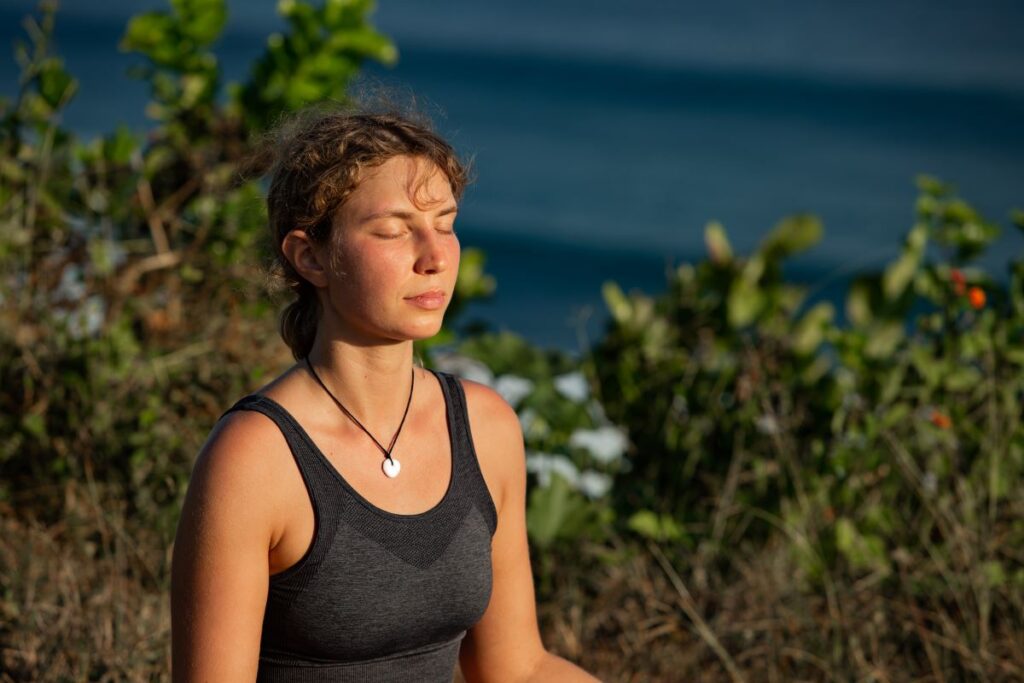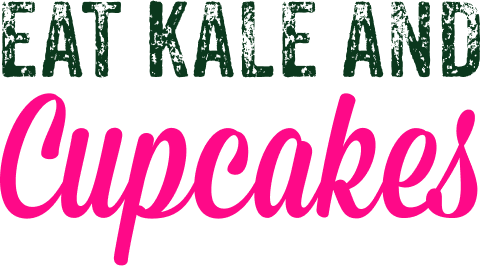Mastering Stress Management: Breathing Techniques for Better Tolerance

Window of tolerance1 is a term first coined by Dr. Dan Siegel, used to describe a person’s optimal zone of arousal, in which one is able to process, function, and respond most effectively, with the most ease. Our team at LCWNS was introduced to this widely used term in Maria Sorbara Mora, MS, CDN, CEDRD-S, C-IAYT 12-week course in Somatic Feeding, focused on trauma informed nutrition for Eating Disorder Recovery.
We are best able to respond to stress and triggers when we are operating within this window, between hyperarousal, otherwise referred to as “fight or flight”, and hypoarousal or “freeze/immobilization”. Most human beings fluctuate between the edges of this zone, experiencing stress, anxiety, pain, anger, sadness, exhaustion, etc. causing dysregulation to the nervous system. When we are within this optimal arousal zone we can respond with the Ventral Vagal “Social Engagement” response to such emotions, the state where emotions could be tolerated, and information integrated. Dr. Pat Ogden2 describes the window of tolerance model as the “Modulation Model”3. As depicted below, the hyperarousal zone is defined as the “Sympathetic “Fight or Flight” Response, characterized by increased sensations, flooded, emotional reactivity, hypervigilant intrusive imagery, flashbacks, and disorganized cognitive processing. The hypoarousal zone, defined as the Dorsal Vagal “Immobilization” Response” generally is characterized by relative absence of sensation, numbing of emotions, disabled cognitive processing, and reduced physical movement.
We provide our clients the tools to ground themselves, back into their optimal zone, through mindfulness, aware that trauma in all of its forms, may narrow their window, pushing them over the edge into fight, flight, or freeze.4
Maria eloquently describes, “Mindfulness is the epitome of edgy for people in our care; people who must explore and expand their edges (or windows of tolerance) in order to heal.”5
Often when we think of mindfulness, breathing, or meditation, we think of relaxation. Deep breathing, yoga breathing, and ujjayi breathing, are all commonly recommended breath techniques for bringing you down to a state of calm. It seems more familiar to take a deep breath, when sensing stressors that put us in a place of fight or flight, but what do we do in a state of immobilization? How do we self-regulate when we sense this feeling of being trapped, numb, dissociated, or unable to get out of a situation or thought? We could use our breath. Specifically, dynamic breathing, known as Pranayama6. “Pranayama is a Sanskrit word to describe yoga breathing exercises that have the ability to quickly increase our energy, release stress, improve our mental clarity, and improve our physical health.”7.
Our breath is one of the most useful techniques that requires no equipment, could be used anytime, anywhere. You could simply download an app and be guided through a dynamic breathing series, bringing energy into your body.
Try the Insight Timer App: a free meditation app, with thousands of guided meditations and talks led by top meditation and mindfulness experts, neuroscientists, psychologist and teachers.
Bhastrika Pranayama (Breath of fire)
Search: Breath of Fire
Examples:
Breath of Fire, Guided by Shula Banchik, 2 mins
Breath of Fire | Yoga Breath Meditation, Guided by Dhyanse Meditation, 25 mins
Breath of Fire For Beginners, Guided by Mary Sturgill, Guided, 7 mins
Kumbhaka Pranayama (Breath retention)
Search: Breath retention pranayama
Examples:
Pranayama – A Quick Breather, Guided by Jane Reeves, 5 mins
Balanced Krama Pranayama: The Sequenced Breath, Guided by Jerry Givens, 12 mins
Pranayama Breath Work, Guided by Cory Cochiolo, 21 mins
Simhasana (Lion’s Breath)
Search: Lion’s Breath
Example:
Lion’s Breath Stress Relief and Productivity Boost, Guided by Faye Barry, 3 mins
Mrigi Mudra Pranayam (Deer seal breathing, alternate nostril)
Search: Mrigi Mudra
Example:
Pran Mudra, Guided by Jane Reeves, 5 min
Search: Alternate Nostril Breath
Example:
Balance- Alternate Nostril Breath (Nadi Shodhana), Guided by Willow Rossetti, 2 mins
Nadi Shodhana Pranayama: Alternate Nostril Breathing, Guided by Larissa Hall Carlson, 8 mins
Kapalabhati Pranayam (Skull shining)
Search: Skull shining
Example:
Skill Shining Breath, Guided by Methods, 6 mins
Search: Kapalabhati
Example:
Breathwork: Kapalabhati (80 Breaths Per Minute With Music), Guided by Jonathan Felix, 3 mins
Return: Kapalabhati Breath, Guided by Danielle Van de Velde, 11 mins
Some other helpful techniques for individuals in a hypo-aroused state are nourishing with vitamin D rich foods such as salmon, tuna, egg yolks, fortified cereals, dairy, and nutrient dense foods such as nuts and nut butters, and avocados8. Ginseng, aromatherapy, and engaging exercise also has been helpful to get clients back into their optimal functioning zone.
References:
- Siegel D. The Developing Mind: How Relationships and the Brain Interact to Shape Who We Are. Guilford Press; 1999.
- Ogden P, Minton K, Pain C. Trauma and the Body: A Sensorimotor Approach to Psychotherapy. W. W. Norton & Company; 2006:xxxiv, 345.
- Ogden-Goldstein-Fisher-Brain-to-Brain-Body-to-Body-A-Sensorimotor-Psychotherapy-Perspective-on-the-Treatment-of-Children-and-Adolescents.pdf. Accessed April 6, 2021. http://www.drbonniegoldstein.com/wp-content/uploads/2016/01/Ogden-Goldstein-Fisher-Brain-to-Brain-Body-to-Body-A-Sensorimotor-Psychotherapy-Perspective-on-the-Treatment-of-Children-and-Adolescents.pdf
- How to Help Your Clients Understand Their Window of Tolerance. Accessed April 6, 2021. https://www.nicabm.com/trauma-how-to-help-your-clients-understand-their-window-of-tolerance/
- Mora MS, Kelly J. Incorporating Science, Body, and Yoga in Nutrition-Based Eating Disorder Treatment and Recovery.
- Prakasan C. Keep Your Mind and Body Healthy With These 5 Pranayama Exercises. India News, Breaking News | India.com. Published November 27, 2017. Accessed April 6, 2021. https://www.india.com/lifestyle/yoga-breathing-exercise-top-5-pranayama-exercises-you-must-start-doing-2682057/
- Pranayama: The Top Beginner’s Guide to Yoga Breathing Exercises. Art of Living (United States). Accessed April 6, 2021. https://www.artofliving.org/us-en/yoga/breathing-techniques/yoga-and-pranayama
- Mora MS. Somatic Feeding Trauma Informed Nutrition For Eating Disorder Recovery. Presented at the: Somatic Feeding Week 10; March 8, 2021.







